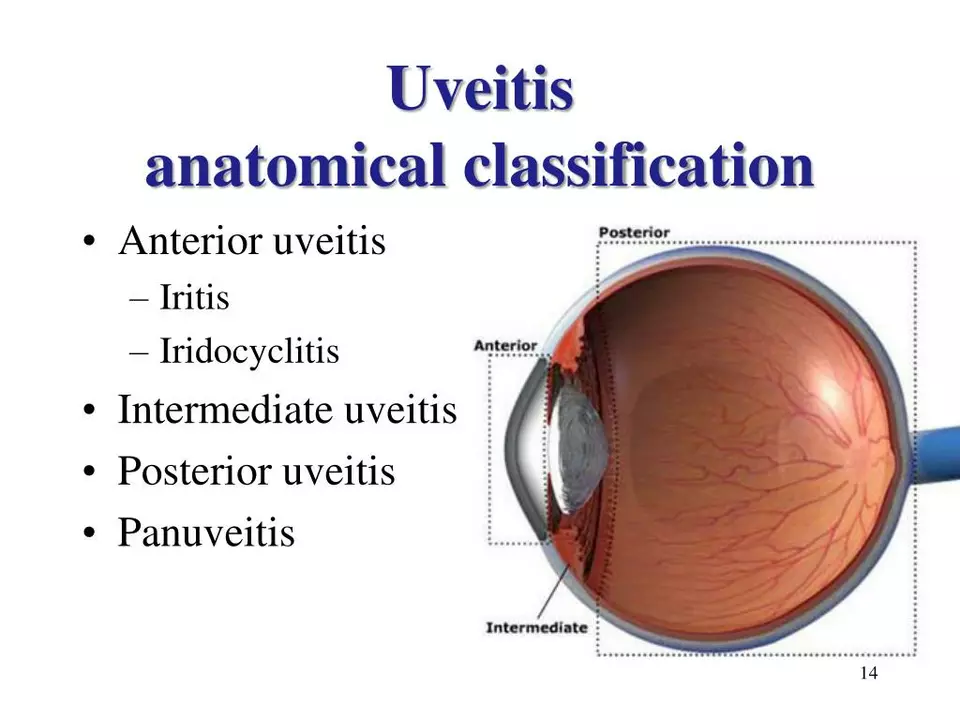Eye Health: Spot Problems Early and Get the Right Care
Red, painful eyes make most of us worry — and for good reason. Some redness is harmless, while other times it signals inflammation or infection that needs quick attention. This page gives clear, usable info on two common inflammatory eye issues (scleritis and episcleritis), when antibiotics like besifloxacin might help, and practical steps you can take right away.
Know the difference: scleritis vs episcleritis
Episcleritis is usually milder: you’ll see patchy redness, some tenderness, and mild irritation. It often clears on its own or with simple treatments like lubricating drops and cold compresses. Scleritis is deeper and more serious — pain is often sharp, may wake you at night, and vision can get affected. Scleritis often needs evaluation by an eye specialist because it can be linked to systemic conditions like autoimmune disease.
Why does that matter? Because the cause determines treatment. Episcleritis rarely needs strong treatment. Scleritis often requires anti-inflammatory meds, sometimes steroids or immune-suppressing drugs, and close follow-up. If you notice vision changes, severe pain, or symptoms that don’t improve in a day or two, see an eye doctor.
Where besifloxacin fits in
Besifloxacin is a fourth-generation fluoroquinolone made as an eye drop. It’s strong against many bacteria and gets into eye tissues well. For pure inflammatory scleritis or episcleritis (not caused by bacteria), antibiotics won’t help. But infection can mimic or complicate these conditions. When a clinician suspects a bacterial cause or wants to prevent infection after an injury, besifloxacin can be a suitable topical choice.
Here’s how doctors decide: if there are discharge, rapidly worsening signs, or a history of corneal injury, they may take a swab and start antibiotic drops while awaiting results. If testing shows bacteria, a targeted antibiotic like besifloxacin may be continued. If the cause looks inflammatory and not infectious, treatment shifts to anti-inflammatory approaches.
Practical tips: don’t self-prescribe antibiotics or steroid drops. Use preservative-free lubricants for mild irritation, avoid rubbing your eyes, and get urgent care for severe pain or vision loss. If a doctor prescribes besifloxacin, follow the dosing schedule closely and finish the course unless told otherwise.
Want to learn more? Read our detailed post on besifloxacin’s role in scleritis and episcleritis for real-world examples, what to expect from treatment, and when to seek specialist care. Staying informed helps you act quickly and protect your sight.


